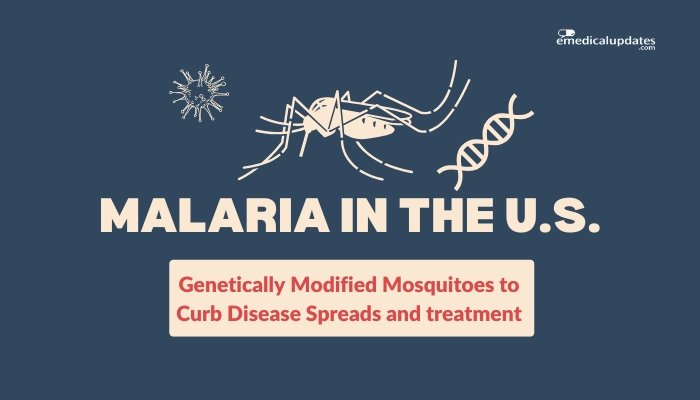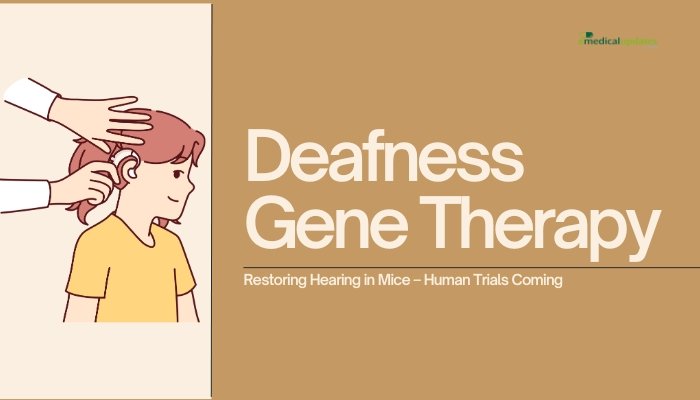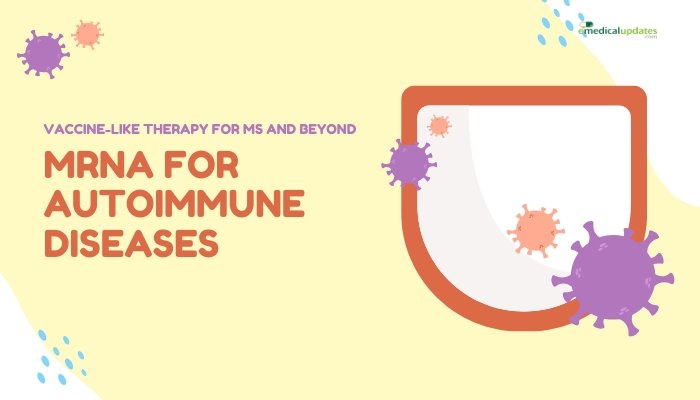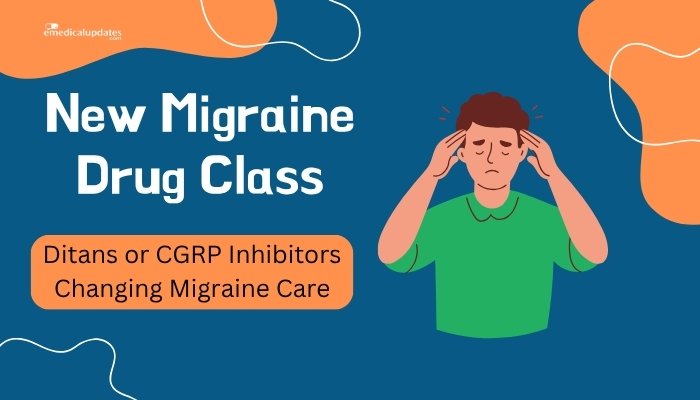Introduction
For decades, malaria was largely eliminated from the United States, thanks to robust public health measures and improved living standards. However, sporadic cases—often travel-related—still occur. Recent local transmissions in states like Florida and Texas have reignited worries about the possibility of malaria reestablishing itself if conditions allow.
One innovative solution? Genetically modified (GM) mosquitoes designed to disrupt the parasite’s life cycle or reduce mosquito populations. This article examines how these engineered insects work, the progress of their deployment, and the debates surrounding this novel approach.
The Malaria Threat in the U.S.
Recent Local Transmissions
- Imported vs. Local: Malaria typically appears in travelers returning from endemic regions. But in a handful of recent cases, local mosquitoes seem to have transmitted the parasite, raising alarm about potential reemergence.
- Risk Factors: Climate shifts (warmer temperatures), increased travel, and mosquito-friendly environments could enable further sporadic outbreaks, demanding heightened surveillance.
Traditional Control Methods
State health departments rely on:
- Mosquito Control: Spraying larvicides, removing standing water, and adulticiding.
- Awareness Campaigns: Encouraging repellents, protective clothing, and window screens.
- Rapid Diagnosis: Physicians watch for malaria in febrile patients who traveled abroad—but local spread complicates detection.
Genetically Modified Mosquitoes: The Basics
Gene Drive Systems
Some programs use gene drives: engineered DNA sequences that copy themselves onto both chromosomes, quickly spreading a desired trait through mosquito populations. Two main strategies:
- Population Suppression: Infertility genes reduce overall mosquito numbers.
- Parasite Resistance: Genes introduced so mosquitoes can’t harbor the malaria parasite effectively, breaking transmission cycles.
Lab to Field Trials
Projects in Africa and Latin America have tested GM mosquitoes under controlled conditions. Oxitec and other biotech companies are leading efforts to refine the technology for broad usage, including potential use in the U.S. to combat mosquito-borne diseases such as dengue and, if needed, malaria.
Advantages of GM Mosquito Projects
- Targeted Approach: Affects only the vector species, minimizing ecosystem disruption compared to broad pesticide spraying.
- Potential Long-Term Impact: If gene drives work as intended, they can propagate beneficial traits across entire mosquito populations.
- Reduced Chemical Use: Fewer pesticides might lead to better environmental outcomes and fewer negative health impacts on humans and wildlife.
Concerns and Challenges
Ecological Balance
Some worry about unforeseen consequences if a key mosquito species is drastically reduced or if the introduced genetic traits ripple through other organisms. Complex food webs might be disrupted if predator species rely on those mosquitos.
Regulatory Hurdles
Approvals from entities like the EPA or USDA are crucial, and public acceptance depends on transparent risk assessments. Opponents argue that large-scale GM release in the environment is premature without full data on ecological effects.
Resistance Development
Over time, mosquitoes could evolve or gene drive systems might degrade, diminishing long-term effectiveness. Malaria parasites themselves might adapt if the approach focuses on parasite-blocking genes.
Early Trials and Prospects in the U.S.
Florida and Texas Projects
While U.S. field experiments so far have mostly targeted Aedes mosquitoes (carriers of Zika, dengue), similar concepts could apply to Anopheles species for malaria. If local malaria risk persists, health authorities may consider GM mosquito pilot studies in high-risk counties.
Monitoring and Public Outreach
Experts emphasize the need for:
- Robust Surveillance: Trapping and testing local Anopheles populations to evaluate gene spread.
- Community Engagement: Education campaigns to build trust and address concerns about releasing GM organisms.
Multi-Pronged Control
GM technology, if used, would complement existing measures—like insecticide, bed nets (in relevant contexts), and immediate case detection. No single tool can prevent malaria reestablishment alone.
Frequently Asked Questions
- Are GM mosquitoes safe for humans and wildlife?
- Studies suggest they pose minimal direct threat. Regulatory agencies and ecologists thoroughly evaluate potential ecological impacts.
- Could malaria reemerge widely in the U.S.?
- While large-scale outbreaks are unlikely, local clusters remain possible if conditions (mosquito presence, warm climate, introduced parasite) converge.
- Will GM mosquitoes eliminate the need for pesticides?
- They could reduce reliance on chemicals, but integrated pest management usually remains crucial for vector control.
- How effective are they in truly stopping malaria?
- Preliminary results in test regions are promising, but full-scale outcomes require further field trials over multiple mosquito generations.
- Who decides whether to release GM mosquitoes?
- Typically a collaboration among state health departments, federal regulators, local authorities, and the scientific community, often involving public feedback.
Conclusion
As the U.S. grapples with sporadic malaria transmissions and the prospect of broader climate-related expansions of mosquito habitats, genetically modified mosquitoes represent a novel, potentially game-changing tool. By suppressing or transforming local mosquito populations, these projects could halt disease spread at its source, reducing the risk of a robust resurgence. However, the technology’s complexity demands careful risk-benefit analysis, robust regulatory oversight, and transparency with the public.
Should GM mosquito trials prove safe and efficacious, it may mark a turning point in controlling mosquito-borne diseases—malaria included—in areas historically free from large-scale outbreaks. Yet, given ecological, regulatory, and societal considerations, the path to widespread implementation remains measured and methodical, ensuring that in the quest to protect public health, we tread cautiously with our environmental interventions.
References
-
Centers for Disease Control and Prevention (CDC). (2023). “Malaria in the United States: Local transmission updates.”
-
Knols BGJ, et al. (2019). “Gene drive and mosquito control for malaria.” Nat Rev Microbiol.
-
US Environmental Protection Agency (EPA). (2022). “Regulatory overview for GM mosquito trials.”
-
WHO. (2021). “Guidance on genetically modified mosquitoes for vector-borne disease control.”






